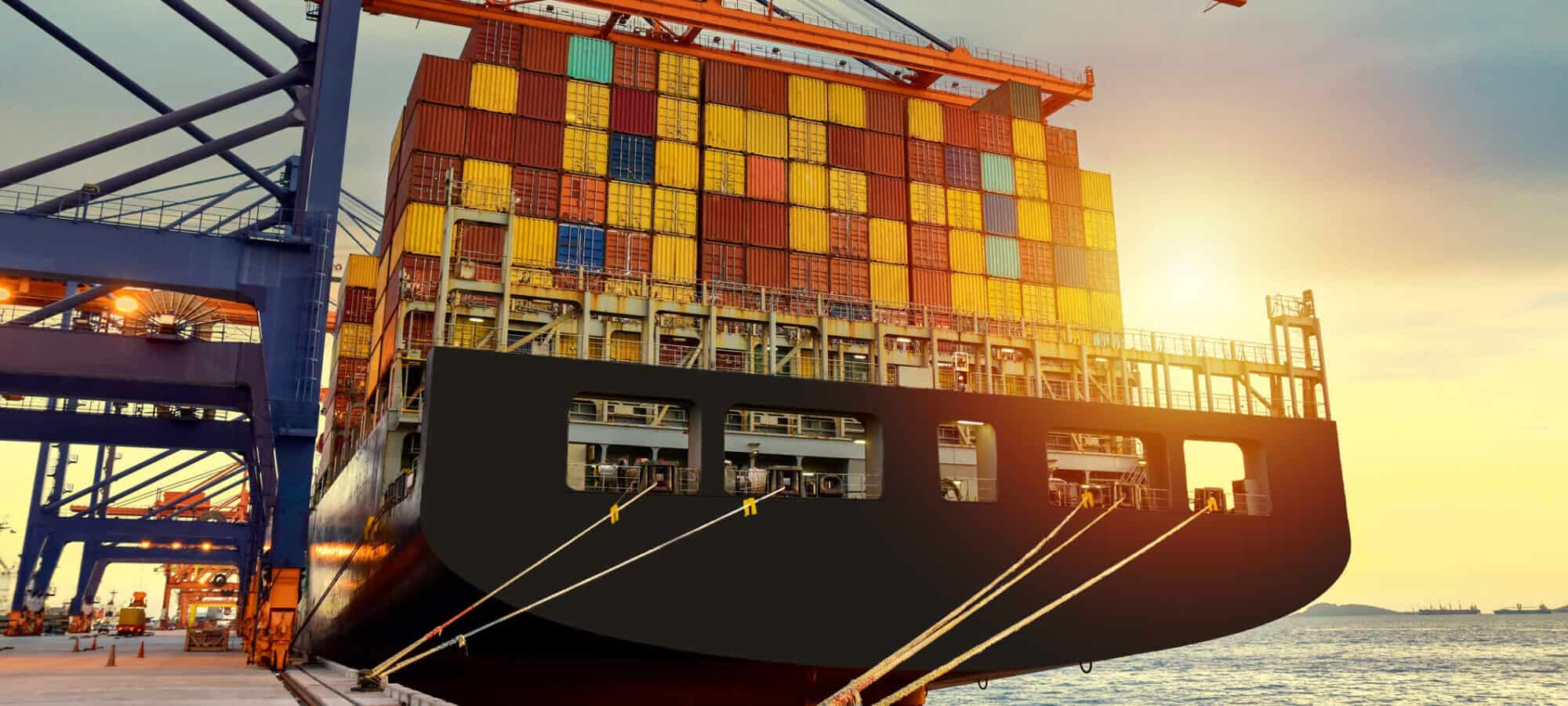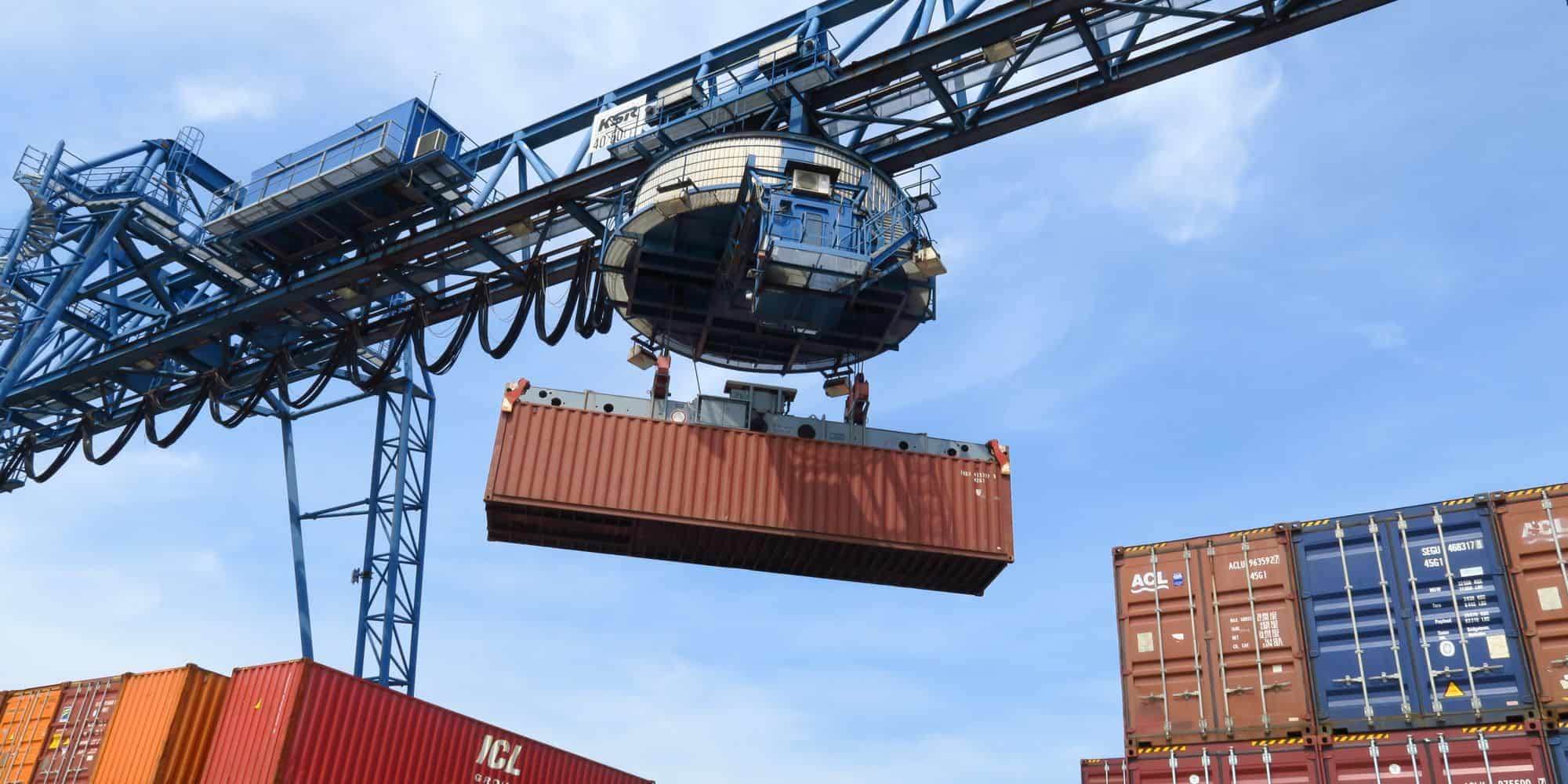At Latin American Cargo we understand the importance of keeping our customers’ cargo safe by working with trucking carriers whose main priority is to reduce any liability costs or losses due to unexpected safety issues. That is why our Trucking Services and our shipping experts are continuously educating and encouraging our carriers to set security as their top priority to be able to qualify as part of our network fleet of container trucks, tractor trailers, flatbeds and other large-cargo haulers.
DISCOVER OUR TIPS AND BE PART OF LAC’S TRUCKING NETWORK!
Road traffic accidents occur every day and account for more than 1.2 million deaths annually. Many of these accidents are avoidable, especially with the right preventive measures in place.
In transportation fleets, these measures span across different areas such as having the right technological tools and maintenance policies. These are both important, but even with the best transport vehicles and equipment, accidents can still occur if the drivers of these transport vehicles are not properly trained to avoid them.
Training drivers is an ongoing process throughout the entire period of their work as a part of your trucking fleet. It is in your trucking company’s best interest to make sure drivers are properly trained to drive safely, comply with regulatory guidelines, and perform their jobs well. This will save you sizeable liability costs and promote safety within your transportation fleet.
Whether you conduct in-house training or outsource to a 3rd party it’s essential to have a training checklist with everything that you expect your truck drivers to gain from their training.
The following tips will help you ensure that truck drivers get the most out of their training.
Create a Comprehensive Safety Policy for your Truck Drivers
A comprehensive safety policy sets strict guidelines that ensure the safety of your drivers as well as other road users they may meet. It has to be as specific as possible, as a lot of rules can get lost in the grey areas. It should be clear that these are rules that must be followed, rather than mere suggestions. When creating a comprehensive safety policy for your fleet of transportation vehicles, you should ensure that:
- Every fleet driver has a copy of the safety policy, studies it, and signs it.
- Safety tests are carried out at the end of different levels of training to ensure that drivers have studied the policy.
- The policies are unique to your transportation fleet and account for those unique and constant your fleet faces.
- The policy shows drivers how to prepare for unpredictable events, identify these issues as they occur, and respond properly. This involves running through a checklist of possible events such as:
-
- Drowsiness
- Vehicle issues
- Environmental changes
- Threats from other drivers
Typically, the policy should cover all possible road events culled from past road data, which can be recorded by fleet management applications like Driveri.
Implement Proper Transportation Vehicle Training
For fleets to operate optimally, transportation vehicles must always be in great working condition. Although the auto mechanic is responsible for serious maintenance and repairs, company drivers are also required to take care of the vehicles they drive.
From cleanliness to carrying out routine checks, drivers must understand the importance of keeping their transportation vehicles in great condition. First, when vehicles and cargo equipment constantly develop faults due to poor maintenance, the cost of repair increases and indirectly affects their earning potential.
Second, in several trucking companies, drivers are fined for vehicle negligence. Training combined with strict vehicle policies that come with consequences for neglect is a good way to ensure that their fleet of transportation vehicles are taken care of.
One common issue drivers face on the road is that of unprecedented vehicle problems. Even with stellar maintenance practices, transportation vehicles can develop faults. A core aspect of driver training should involve preparing drivers for this situation.
Usually, automated fleet management systems, especially those based on artificial intelligence, detect faults and recommend the best solution. And the driving data gathered by systems like Driveri can be incorporated into training programs to help identify problem areas. Despite the presence of such software, drivers must know the transportation vehicle inside and out. At the end of the training, each driver should know how to do any of the following:
- Identify the source of any issues that arise. For example, a driver should know what could be causing overheating or issues with hydraulics.
- Assess the damage to know how bad it is and when to request for extra help.
- Carry out basic maintenance on the transportation vehicle such as an oil change, tire change, or tightening loose screws.
- Operate the transportation vehicle in extreme weather such as snow or rain under different road conditions including potholes and speed limits.
- Stay up-to-date on further vehicle training and reminders.
Implement Technology to Protect Truck Drivers
You can train your drivers to do everything from looking out for safety hazards to handling problems properly, but at the end of the day they still need help. As much as drivers can move the vehicles from one location to another, there are many risks that they may not be prepared for.
There are also issues that they may be unable to detect on the road, or sticky situations that they may not have solutions for. In cases like this, drivers are protected by the right technological tools.
The best driver safety tools, including Driveri, have built-in risk analysis software combined with data collection and analytics, GPS trackers, sensors, cameras, and communications systems. In many cases, these components are combined with artificial intelligence which serves as an onboard coach for the driver.
Artificial Intelligence systems geared towards transportation fleet management and driver safety are becoming increasingly popular. Most of them aim to simplify the processes of collecting road data, monitoring drivers and navigating road risks; however, they are new technologies and drivers may need the training to become accustomed to using them.
Implementing this type of technology is great for your transportation fleet – but if your drivers do not know how to use it, then the purpose is defeated. While diversifying your fleet technology, this is something you should consider.
As a part of their training, drivers should learn how to use and operate any technological tools used by the trucking fleet. They should ideally be able to access and understand how to read the data collected by such tools as well as give valid feedback on how well they work.
The technological training material should be easy to understand and well formatted for quick learning. You should also have regularly updated onboarding documents available for periods when drivers have issues with their technological tools, even after training. These documents can also serve as manuals for newly hired drivers who have never used the tool before.
Send Out Reminders Frequently
Similar to how you would treat any other company-wide announcement, memos and email reminders should be sent to drivers. Reminders keep them updated on their:
- Fleet training programs and schedules
- Policy updates
- Road safety tips
- Meeting schedules
- Required certifications
- Changing road conditions
- Performance assessments
Communicate with Fleet Drivers Regularly
Formulating a good training plan requires you to understand your drivers and which aspects of their jobs they have the most issues with. This involves communicating with them and leaving those two-way lines of communication open.
Effective communication helps you to streamline each driver’s training course, which in turn saves you money. Apart from using communication as a means to collect information relevant to training material, you can use it as a way to collect feedback. You should be willing to understand which parts of the training they find overwhelming and which parts are easier to grasp. Communication is a fundamental component for driver training.
Hold Drivers Accountable
The transportation fleet manager is tasked with ensuring that drivers are properly trained regarding safety, maintenance, and regulatory compliance. There should be policies showing the rules for each of these areas and how to avoid breaking them. After being trained, a good way to enforce these rules and save the company liability costs is to ensure that there are consequences for breaking them.
Drivers should be held accountable for wrong and illegal actions. There should be specific consequences for actions like:
- Speeding
- Reckless driving and endangerment of other road users
- Intentional risky driving behaviors
- Not complying with company policy
- Vehicle negligence
Policies should boldly state that the driver “understands and agrees” with the driving rules outlined as well as the consequences of breaking them. This statement should be signed and filed for future use and revisited every time the policy is reviewed.
To balance these consequences out, you could opt to offer incentives for good behavior. Drivers could earn points, praise, positions on a leaderboard, bonuses and other rewards for maintaining a great work performance.
Final Thoughts
Driver training is important for trucking fleets to perform well and avoid accidents. While it may seem obvious, many trucking companies fail to train their drivers on important safety hazards, or even maintenance practices. A survey by transport charity Brake showed that 28% of the transportation fleets they interviewed do not offer drivers any speed training.
Although necessary, training should not be rushed. For the best results, fleet training schedule should be deliberate and cover every key aspect of the driver’s job including road performance, vehicle maintenance, compliance, and the use of technological tools.
Because training is mandatory and should be taken seriously when it comes to trucking services; Latin American Cargo has developed its extensive global network of freight companies throughout USA, Canada and Mexico, always taking into account the reliability of its partners to maximize the safety of its clients’ cargo.
The original article Reduce Liability Costs, Protect Your Fleet with These Driver Training Tips can be find at netradyne.com.


 LAC Team
LAC Team


